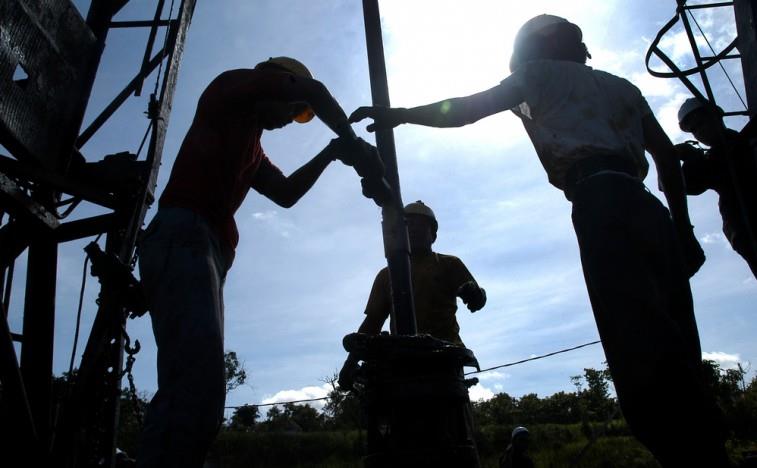
Oil demand growth remains elusive
The expected growth in demand for oil in the second half of the year has been slow to materialise, causing analysts and investors to re-think the prospects for the months ahead.
In early trading on Friday, Brent crude was priced above US$43 with WTI holding around US$41 a barrel.
The new OPEC Secretary General, Mohammed Sanusi Barkindo begins his new term at a volatile and uncertain time for the market.
Venezuela hopes for more stabilityVenezuela's oil minister Eulogio del Pinto is already pressurizing Barkindo to organize a meeting of OPEC and non-OPEC producers in the hope of finding longer-term stability on the market.
OPEC's decision to maintain high production at a time of low oil price has hit hardest on Venezuela, Algeria, Libya, Iraq and Barkindo's own Nigeria. The next OPEC meeting will be at the end of November.
The rebalancing that everyone hoped will still occur according to leading analysts despite some OPEC member countries having internal political and economic challenges.
BoA Merrill Lynch sees short lived slumpBank of America Merrill Lynch says this recent slump will be short lived and Societe Generale says it expects the price correction to be limited.
The head of global commodities for Citigroup, Ed Morse told CNBC that a 'structural transition' is underway, despite the current perceived situation of over-supply, 'there's not a lot of new incremental supply to come to the market.'
Morse says that 'production is going down,' and added that the fall is particularly evident in the US, in China, Columbia, Mexico and Brazil. Morse added, the lack of capital spending and investment is beginning to impact the supply side.
Rig count risingThe number of operational rigs in the US has been on the increase in recent weeks as an earlier price surge encouraged some independent players back to the market.
A report from Capital Economics says it still sees 'oil prices more likely to rise than to fall.'
Non-OPEC supply has fallen and Tom Pugh, commodities economist at Capital Economics says he 'expects prices to increase slightly by the end of the year as the market moves closer to balance. Our end-2016 forecast for the prices of both Brent and WTI is still US$45 a barrel.'
Analysts hope the oil market is seeing a bottom for the second half of the year. Demand is moving slowly, but its going in the right direction.
Bank of America Merrill Lynch says the lack of investment in the last few years will lead the market into a supply deficit for months to come, meaning a stronger price in 2017, possibly back up around US$70 a barrel.
The dip in the market seen in recent weeks should be temporary, according to Citigroup's Morse and he says he's still expecting a price range of around US$60 a barrel by the end of the year.
The next few months will be challenging, but the key players are looking beyond to 2017 and hoping for stronger fundamentals.

Legal Disclaimer:
MENAFN provides the
information “as is” without warranty of any kind. We do not accept
any responsibility or liability for the accuracy, content, images,
videos, licenses, completeness, legality, or reliability of the information
contained in this article. If you have any complaints or copyright
issues related to this article, kindly contact the provider above.

















Comments
No comment